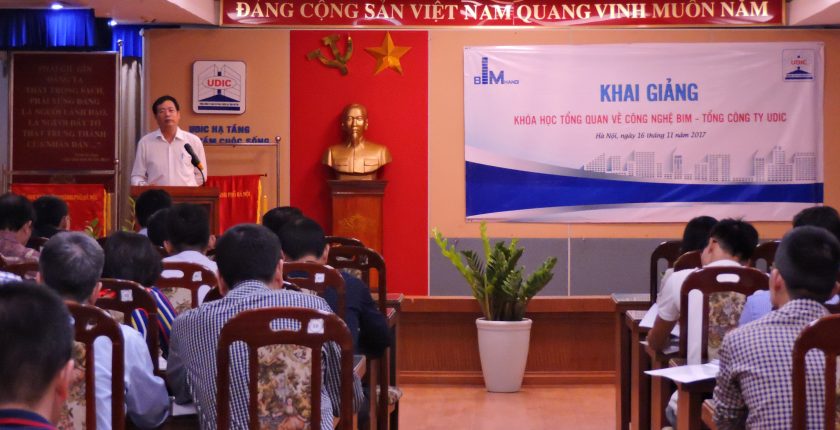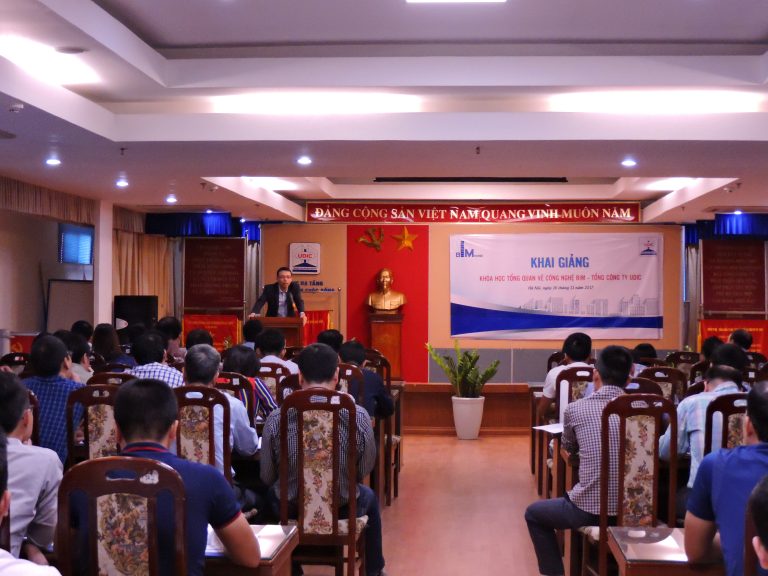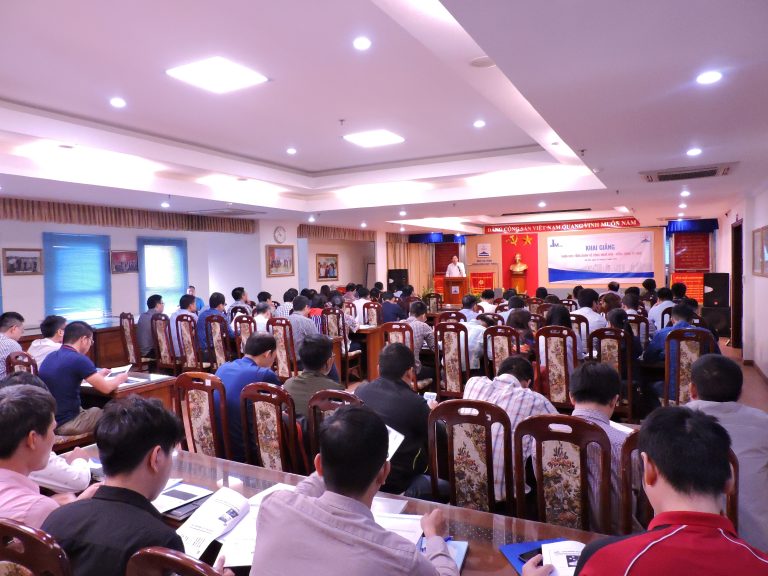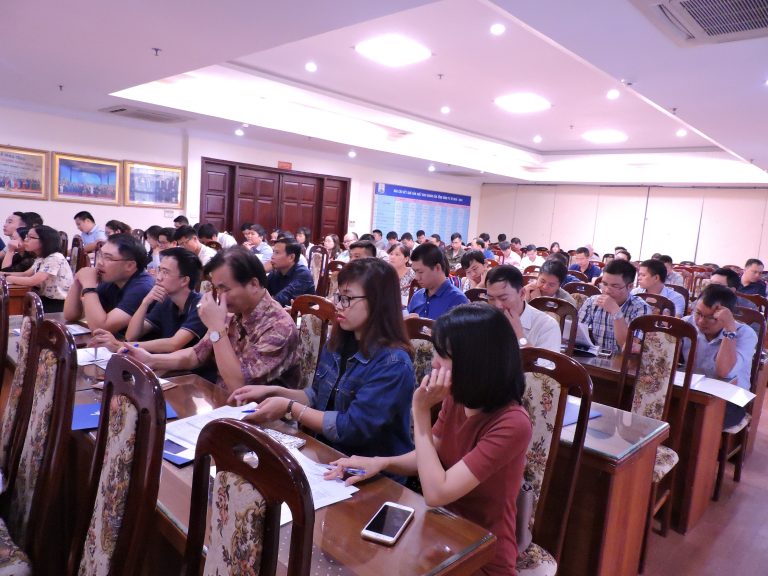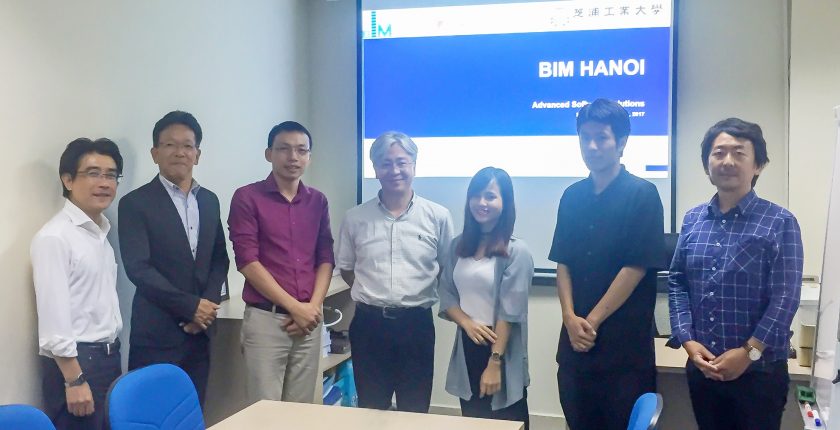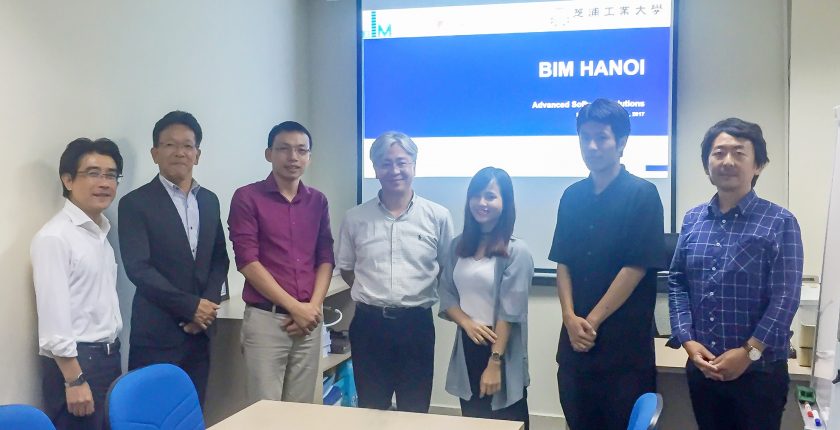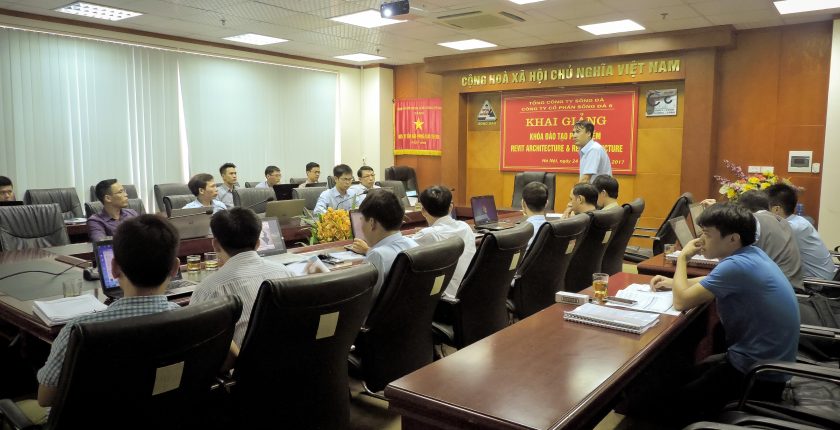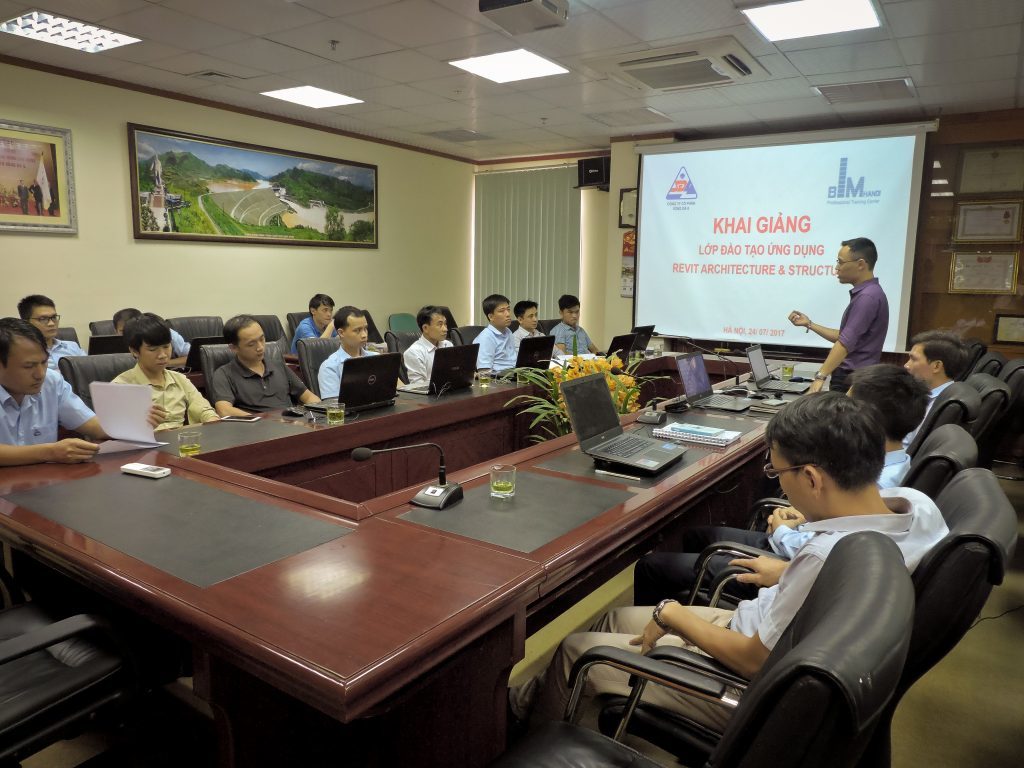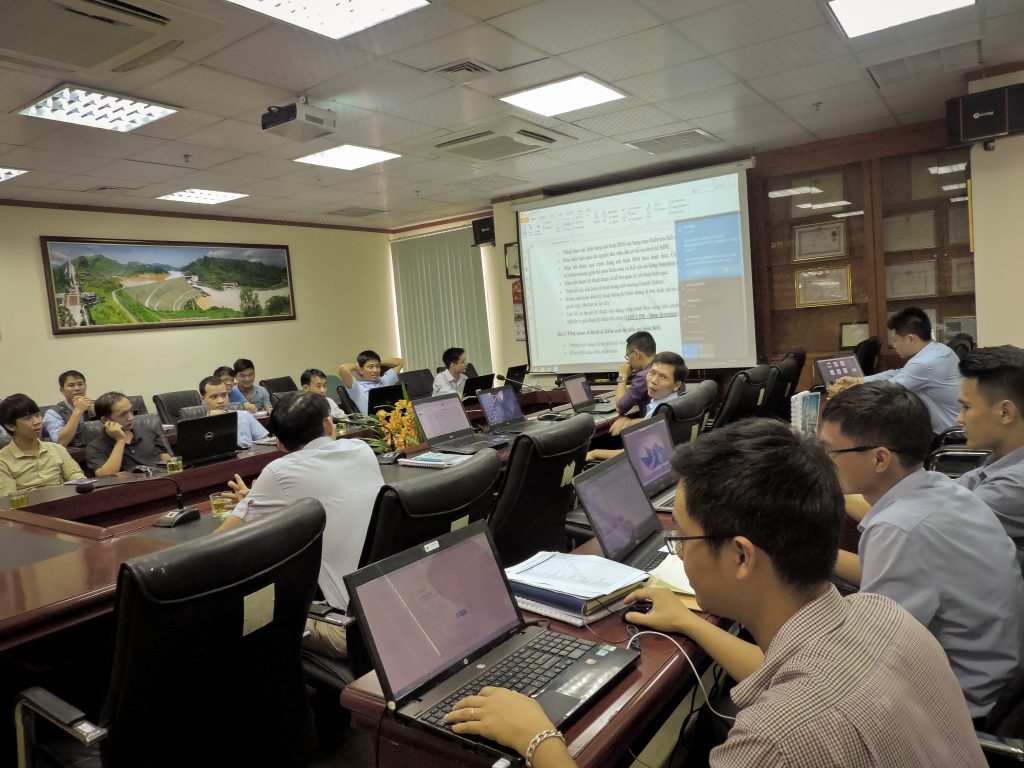2. Standardization of Processes:
Develop and implement standardized BIM processes and workflows across the organization. Standardization includes defining clear guidelines for naming conventions, file organization, and model structure. This consistency ensures that all team members work cohesively and that data exchange between different phases of the project is smooth.
3. Training and Skill Development:
Invest in comprehensive training programs to enhance the proficiency of team members in BIM tools and methodologies. A skilled workforce is crucial for maximizing the capabilities of BIM. Regular training sessions and skill development programs should be part of the organization’s ongoing commitment to staying abreast of the latest advancements in BIM technology.
4. Integration with Project Management:
Integrate BIM with project management tools to create a seamless connection between design and project execution. This integration allows for real-time updates, improved scheduling, and efficient resource allocation. Project managers can use BIM data to make informed decisions, resulting in better overall project control.
5. Automated Clash Detection:
Leverage BIM’s automated clash detection capabilities to identify and resolve conflicts during the design phase. Early clash detection helps prevent costly rework during construction, saving both time and resources. Regularly perform clash detection throughout the project lifecycle to maintain coordination and minimize issues.
6. Data-Driven Decision Making:
Harness the power of BIM data for informed decision-making. Utilize analytics and visualization tools to extract meaningful insights from the model. This data-driven approach allows project teams to identify trends, anticipate issues, and make proactive decisions that positively impact project outcomes.
7. Mobile BIM Applications:
Enable on-site access to BIM models and data through mobile applications. This ensures that field teams have real-time access to the latest information, reducing errors and delays. Mobile BIM applications enhance collaboration between on-site and off-site teams, fostering a more connected and responsive project environment.
8. 4D and 5D BIM:
Integrate time (4D) and cost (5D) dimensions into BIM to enhance project scheduling and budgeting. 4D BIM visualizes the construction sequence over time, allowing for better planning and coordination. Meanwhile, 5D BIM adds cost information to the model, enabling more accurate budgeting and financial management.
9. Cloud Collaboration:
Utilize cloud-based BIM collaboration platforms to facilitate real-time sharing and updating of models. Cloud collaboration ensures that all project stakeholders, regardless of location, have access to the latest information. This centralized approach enhances collaboration, reduces communication barriers, and improves overall project efficiency.
10. Lifecycle Management:
Extend the use of BIM beyond construction into facility management and maintenance. BIM can be a valuable tool for ongoing facility management, helping organizations make data-driven decisions throughout the building’s lifecycle. This long-term perspective ensures that the benefits of BIM are realized beyond the initial construction phase.
11. Continuous Improvement:
Establish a feedback loop for continuous improvement. Regularly review and analyze project performance using BIM data. Identify areas for improvement and incorporate lessons learned into future projects. This iterative process ensures that the organization evolves with the evolving capabilities of BIM technology.
In conclusion, a comprehensive approach to BIM implementation, encompassing early collaboration, standardization, training, integration, automated processes, data-driven decision-making, mobile applications, 4D and 5D dimensions, cloud collaboration, lifecycle management, and continuous improvement, can lead to substantial efficiency and productivity improvements in the AEC industry. By embracing BIM as a transformative tool, organizations can create a more connected, collaborative, and streamlined approach to project development and management.
